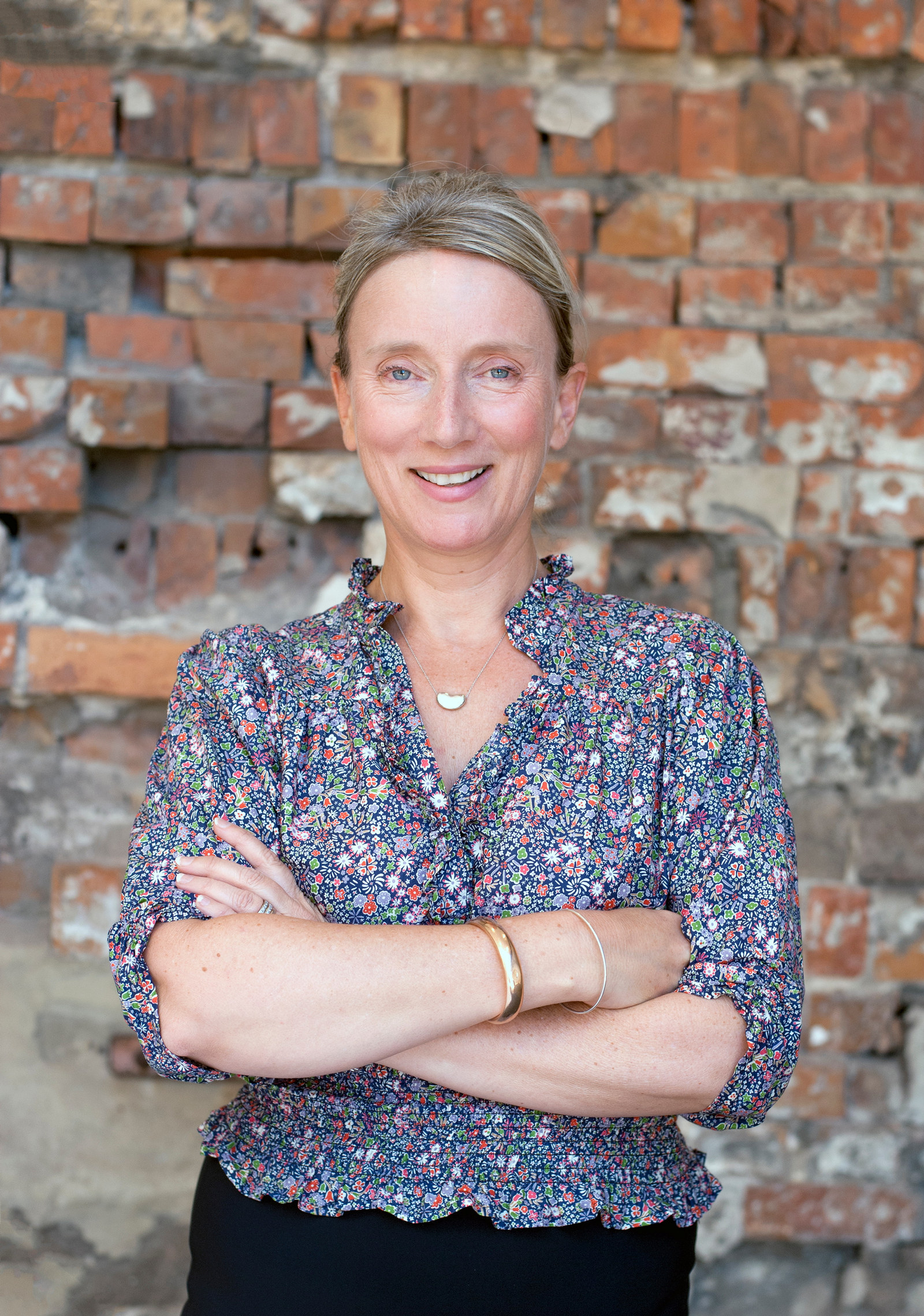Remembering the Great Irish Famine
August 2019 marks two decades since the Australian Monument to the Great Irish Famine opened at the Hyde Park Barracks Museum.
During a visit to Australia in 1995, Irish President Mary Robinson appealed to the global Irish diaspora to acknowledge the 150th year since the famine in Ireland. The Great Irish Famine (1845–52) was Europe’s deadliest of the 19th century. With the Irish population heavily reliant on the potato for their diet, the crop’s failure over several years due to blight plunged many into starvation and poverty. About a million people died, and up to two million emigrated, to Britain, its colonies and elsewhere.
Irish orphans at the barracks
The Sydney Irish community responded to Mary Robinson’s call by establishing the Great Irish Famine Commemoration Committee (GIFCC), and elected Tom Power as Chair. The GIFCC developed the idea of a memorial focused on the story of the orphaned Irish girls who came to Australia between 1848 and 1850 under the Earl Grey scheme. Of the 4114 girls sent to Australia under this government-assisted scheme, 2253 arrived in Sydney and most were briefly housed at the Hyde Park Barracks, during its term as an immigration depot. After discussion with the Historic Houses Trust (now Sydney Living Museums) and its director Peter Watts AM, the barracks was selected as a fitting location for the memorial.
Building the monument
The GIFCC raised funds from individuals, community organisations across Australia, county councils in Ireland, and the Irish and Australian governments. Another generous donor was the NSW Land Titles Office, which overlooks the site of the memorial. The GIFCC and a sub-committee formed with the HHT, prominent advisers in the art world, architects and the City of Sydney Historian planned the memorial. Artists worldwide were invited to submit preliminary designs, and a short-list of five were considered for further development. South Australian artists Hossein and Angela Valamanesh’s design was selected as the successful entry.
The memorial is set into the southern wall around the barracks. Descendants of the Earl Grey orphans were requested to submit their forebear’s name for inclusion on the glass panels between the diagonally rotated section of the reconstructed wall which symbolises dislocation and disruption. The 420 names etched into the panels represent the millions who died or were forced to emigrate. A shelf holds items including a bronze loy (potato-digging spade), and a table cuts the wall, representing the famine experience on one side and the new world and a bountiful future on the other.
An annual event
The memorial was officially unveiled on 28 August 1999 by Governor-General Sir William Deane, before about 2500 people. Each year since, on the last Sunday in August, a commemoration is held here. The event attracts descendants of Irish immigrants, including many descended from the orphan girls, as well as supporters from the Irish community.
Today, the memorial continues to inspire reflection on the generations of immigrants who left hardship, famine, persecution and war to make new lives in Australia. That spirit lives on through the work of the GIFCC, which raises awareness and support for refugee women who currently seek a new life in Australia, much as their Irish sisters did back in 1848.
Published on
